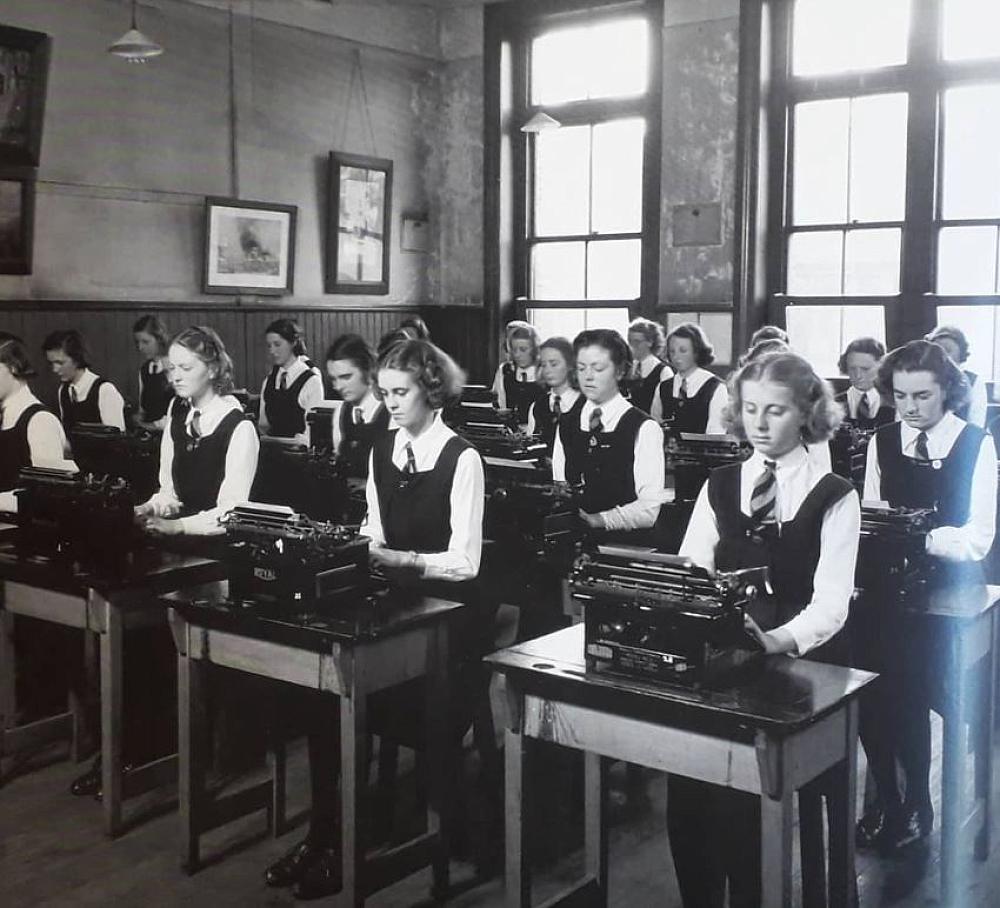
Celebrating 140 years of girls' education in the Capital
Though the classrooms, uniforms, subjects and students at Wellington Girls’ College may look vastly different from when the school was founded 140 years ago, its core purpose remains the same.
Principal Julia Davidson told students about the history of the school, considered one of the oldest in the capital. With a growing need for higher education for girls at Wellington College in the 1870s, the founding fathers toyed with the idea of establishing a girls only college.
Originally named the Wellington Girls’ High School, it was established in 1883 in a leased building in Abel Smith St with Martha Hamilton appointed its “Lady Principal”.


The school had just 40 students to start, but quickly outgrew its original site with Davidson describing some girls “sitting three to a seat” by the end of the first year at which point the roll was over 100 students and the school “overflowing”.

It was then that the school moved to its current site in Pipitea St, Thorndon.
The roll has grown even more in the 140 years since, with the school now home to 1400 domestic students between years 9 and 13 and up to 60 international fee-paying students.
Former old girl Julia Stuart who first started at the school as a 12-year-old in 1953 talked about school life in the 1950's.
“College life in the 1950s was very different,” she said. Those days most girls left school at 15 and uniforms inspections were carried out regularly.

“The winter uniform was the same from 1907. In winter it meant six months of torture from the scratchy wool.”
Students also took turns as the blackboard monitor, clearing it of the day’s lessons in chalk, and as ink monitor, filling each desk’s inkwell, she said.
Perhaps most enduring were the “very high standards” set by her “extraordinary teachers”, a generation of women who had fought to be where they were.
Stuart described them as “leaders and part of social change of the 1950s” helping “broaden the horizons” for the next generation of young women.
She said that philosophy encouraged many of her peers to pursue new career pathways, including in music, the arts, pharmaceuticals, business, social work and a professor of English.
Stuart, whose favourite subjects were always languages, followed the science path – graduating from Victoria University of Wellington with a Masters in Zoology – before going on to become a researcher and writer.
Apart from massive changes in the uniform, school buildings, subject preferences and society more generally, Davidson said the “core character” of the school remained.
She said Hamilton had wanted to encourage and create in girls a feel of pride, foster responsibility in the oldest students for the school and encourage a sense of confidence in the girls to hold their own.


Though there was “physically little comparison”, Davidson said building and uniform changes were irrelevant compared to what goes on in school where girls were encouraged to succeed not just academically but in sport, culture, service and leadership.

Davidson thought her predecessors would be proud.
She said the school would likely continue to change over the next 100 years, with work currently underway preparing the 1970s tower for demolition at the end of this year as part of a redevelopment project.

